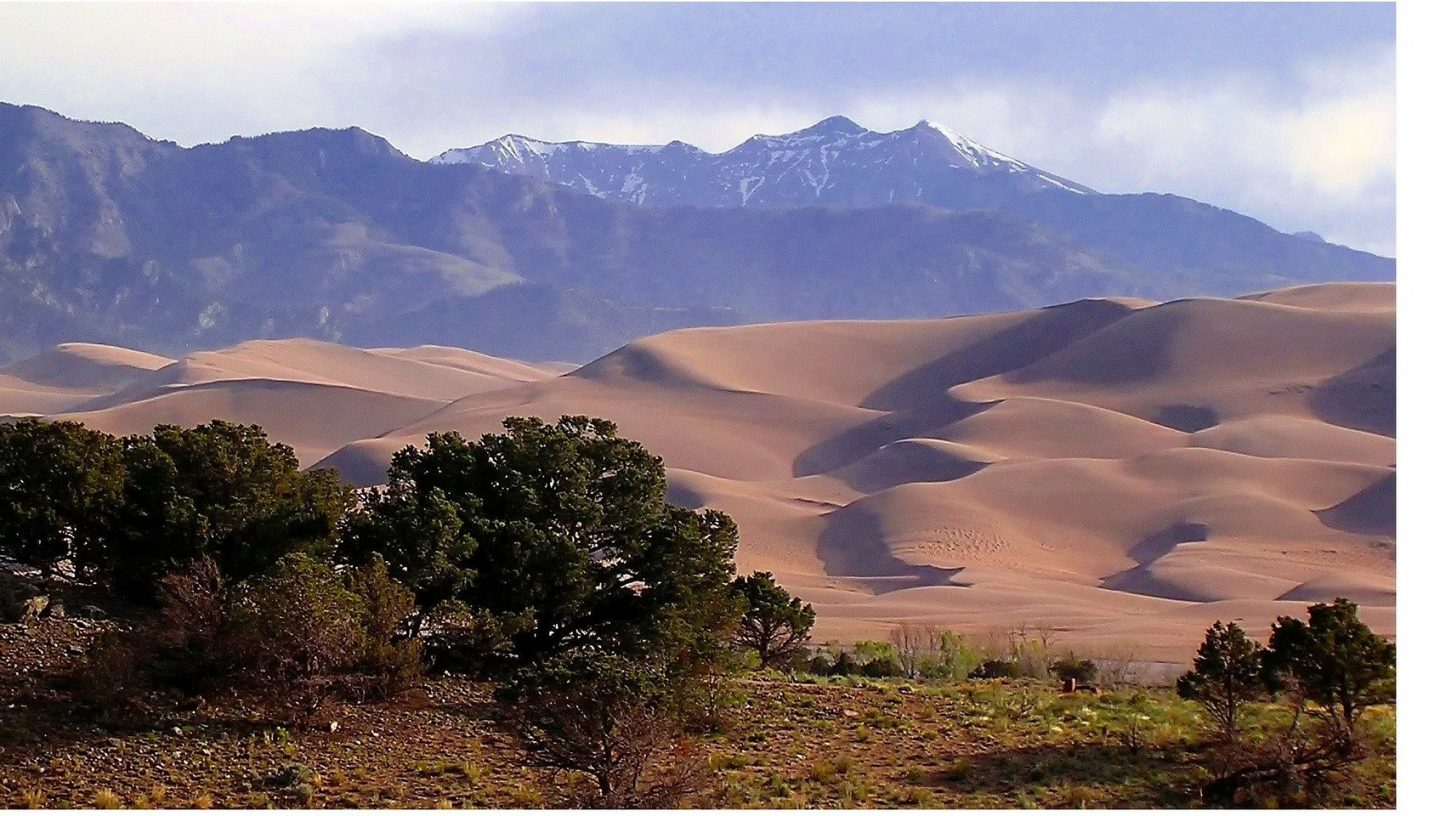Authors:
Casey and Michaele – @kindatrippytravel and Kindatrippy.com.
Colorado has some of the most diverse landscapes and epic scenery of any state in the USA. Its amazing National Parks reflect this stunning diversity. As locals, we’ve spent our life exploring every part of this state. In random order, here’s our top 5:
Rocky Mountain National Park:
Rocky Mountain National Park (RMNP) holds a special place in our hearts and is one of our favourite Summer destinations. Located in northern Colorado, in the heart of the Rocky Mountains (hence the name), RMNP sits between the towns of Estes Park and Grand Lake Colorado.
Both Estes Park and Grand Lake are top destinations for different reasons. Estes is literally the gateway town for the park and has a wide choice of outdoor activities in the spring, summer and fall seasons. Grand Lake is a winter destination and has great ice fishing, snowmobiling and cross country skiing.
Pros:
Speaking of “peaks”, Rocky Mountain National Park is the nation’s highest altitude National Park, and has over 415 square miles of hiking, camping and sightseeing. Inside the park you’ll find panoramic alpine views of more than 60 mountain peaks that rise above 12,000 feet.
Longs Peak, the highest in the park, checks in at 14,259 feet and is the 15th tallest mountain of Colorado’s 58 fourteeners (mountains over 14K feet high).
Reaching an altitude of 12,183 feet, Trail Ridge Road is the highest through road in the US. In winter (when the road is closed), it can be covered by up to 20 feet of snow.
Tips:
Be sure to bring/drink lots of water (and maybe a few aspirin) as altitude sickness is common in those who are travelling from lower elevations. Staying hydrated is the best way to overcome it.
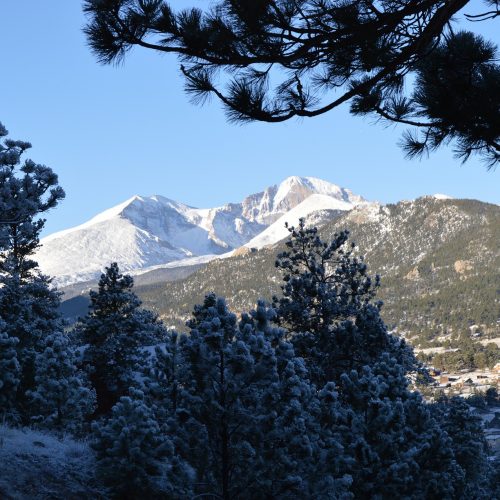
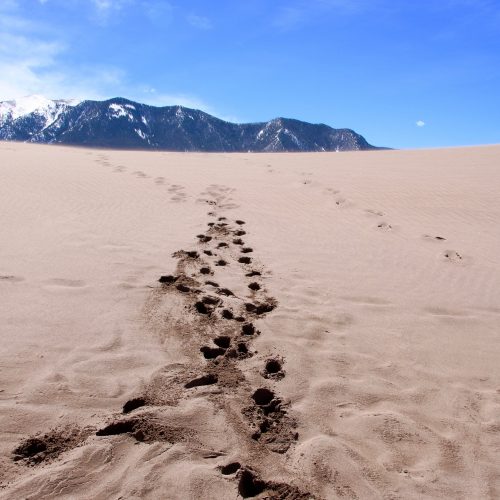
The Great Sand Dunes National Park and Preserve:
The Great Sand Dunes were our favourite destination as kids. Located in southern Colorado, this place is truly amazing, with a “diverse landscape of grasslands, wetlands, conifer and aspen forests, alpine lakes, and tundra”. If you’re there on a clear night, it’s a perfect place to star gaze and take in the night sky.
Pros:
The dunes measure 30 square miles and are estimated to hold more than 5 billion cubic meters of sand.
The Great Sand Dunes are the tallest in North America, with the highest, Star Dune, rising around 750 feet from the ground.
Beyond the dunes lies a landscape of beautiful alpine lakes, thick forests, aspen fields, cottonwood trees (some more than 300 years old), grasslands, wetlands and beautiful tundra all ready for exploration.
In the spring, after the winter snow runoff, you might be able to catch a small river/stream running through the base of the dunes. A great site for photography or to camp over the weekend.
Tips:
Be sure to bring both cool and warm clothes (the weather changes often in this area of the state). Don’t forget to pack all the sand castle buckets your heart desires. One of our favourite activities as kids was to climb to the top of the dunes and slide down to the base.
Mesa Verde National Park:
Located in south western Colorado, Mesa Verde National Park is one of the most unique destinations in Colorado. The park was “established to preserve, and interpret, the archeological heritage of the Ancestral Pueblo people who made it their home for over 700 years, from 600 to 1300 CE”.
Pros:
Mesa Verde National Park is home to more than 4,700 archeological sites, including many pueblos, masonry towers, farm structures and 600 cliff dwellings, several of which you can explore through walking tours with park rangers.
The original residents lived in this area 1,400 years ago.
According to the National Park Service, 24 American Indian nations consider Mesa Verde their ancestral home.
Cliff Palace is the park’s largest dwelling. Researchers believe approximately 100 people lived among its 150 rooms and 23 kivas (ceremonial structures).
Tips:
If you go in the summer, we highly recommend taking a guided tour of the Cliff Palace (tours are closed in the winter), it’s a marvel you have to experience to believe.
We also recommend touring Balcony house. Both tours are 1 hour long and guided and offer a first-hand look at what life might have been like for the native peoples who lived in these dwellings so many years ago.
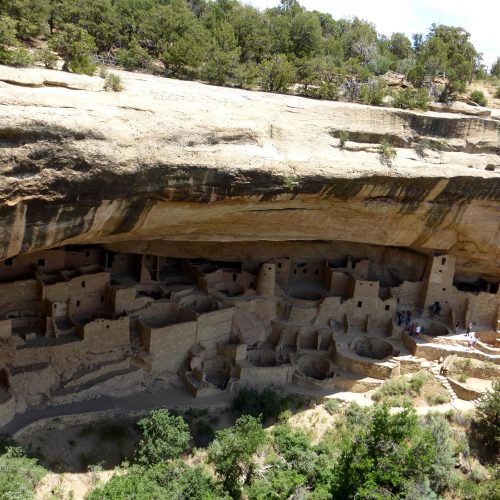

Black Canyon of the Gunnison National Park:
The Black Canyon of the Gunnison holds a special place in our heart because for many years we lived just 30 minutes away. In fact, we would often travel the canyon’s Rim Road on our way to visit family across the state.
Located in western Colorado, The Black Canyon has one of the deepest ravines in North America. Their website calls the canyon “big enough to be overwhelming, still intimate enough to feel the pulse of time”, and we couldn’t agree more. Whether you decide to simply drive through and catch some views or take a hike through the narrow gorge you’re certain to gain a stronger connection to nature in the process.
Pros:
The Black Canyon of the Gunnison is 48 miles long. At its deepest point it drops 2,722 feet, its greatest width is 1,100 feet across and its narrowest span is only 40 feet across.
It took the Gunnison River 2 million years to erode the canyon’s hard rock wall into the ravine you see today. Standing on the cliff side, it’s hard to picture what the scenery looked like before the canyon existed.
Tips:
While you’re in the area check out the towns of Gunnison (on the east) or Crawford and Paonia (where we lived) on the west. Gunnison is a hub for all types of outdoor activities and is a gateway town to Crested Butte ski area; and Paonia is known for fruit orchards and wineries.
Colorado National Monument:
Technically a monument rather than a park, the Colorado National Monument is in north western Colorado between the towns of Grand Junction and Fruita Colorado.
Another favourite of ours, this national monument preserves one of the greatest landscapes in the American West.
Pros:
The monument boasts canyons as deep as 500 feet and rock monoliths as tall as 450 feet.
The 23-mile-long Rim Rock Drive road spans the entire monument and takes you through 3 tunnels carved through the rock. On a good day, you can see any number of unique wildlife: mule deer, coyotes, mountain lions, bobcats, bighorn sheep, foxes, desert cottontails, squirrels, the list goes on.
Tips:
While you’re in the area, check out Grand Junction and Palisade Colorado (Palisade is known for their wineries). Or, spend some time in Fruita Colorado – a cyclists’ dream town.
If you enjoy the Monument, and want to add a few days to your trip, Moab, Utah (home of Arches National Park) is only a few hours away and it’s certain to capture your attention with its beauty.
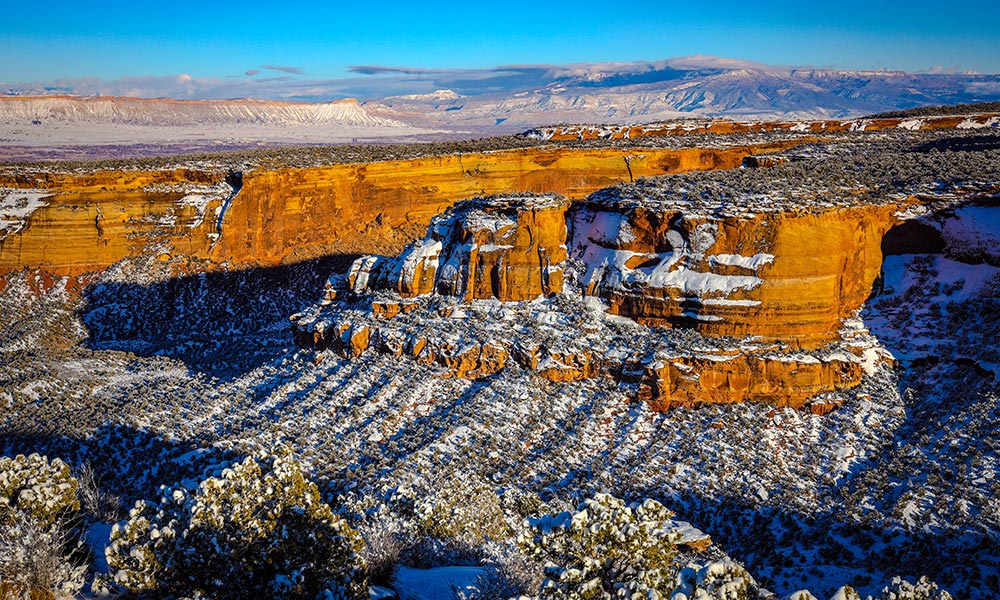
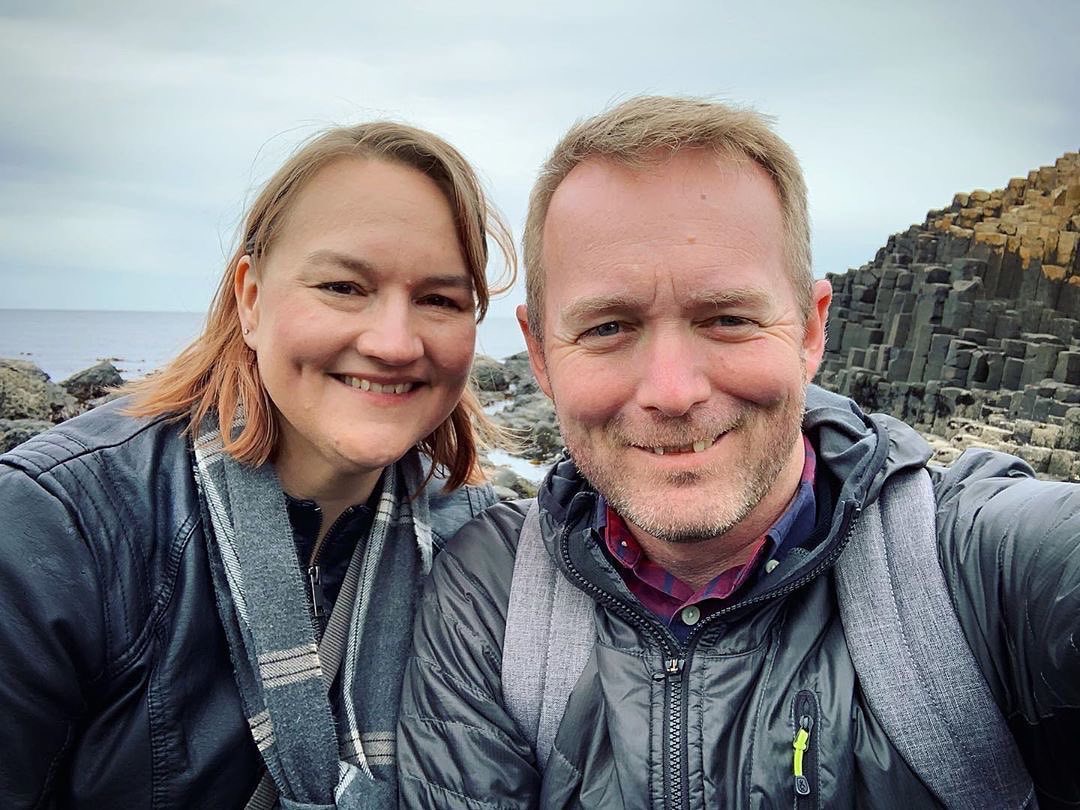
So, there you have it, our top 5 National Parks in Colorado. Happy/safe travelling wherever you end up.
An added bonus to this list is that if you visit all these parks you’ll see nearly every corner of Colorado.
Casey and Michaele:
We are Colorado natives with a love for travel who like to share our adventures, build a community, connect with like-minded people and maybe one day even achieve our dream of travelling full-time!
If you found this information helpful, follow us on Instagram at @kindatrippytravel and follow us on on Facebook at KindaTrippy and our website kindatrippy.com.
